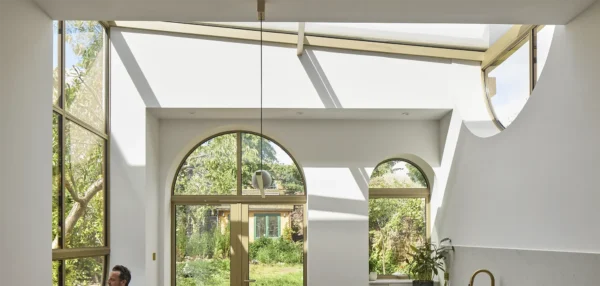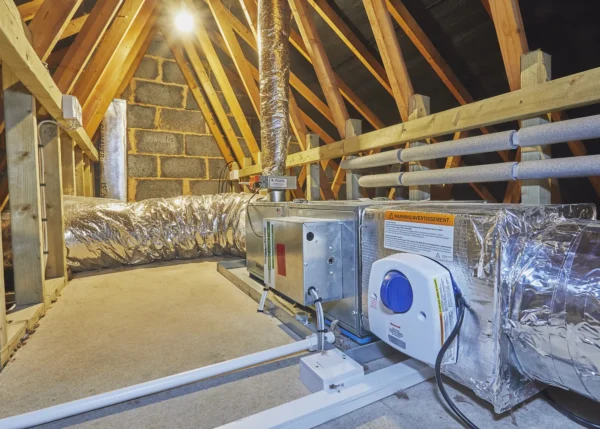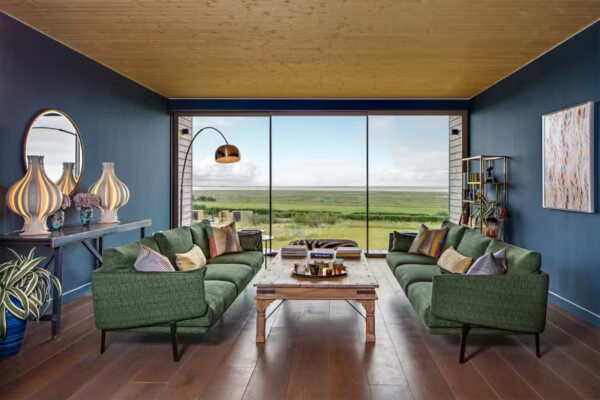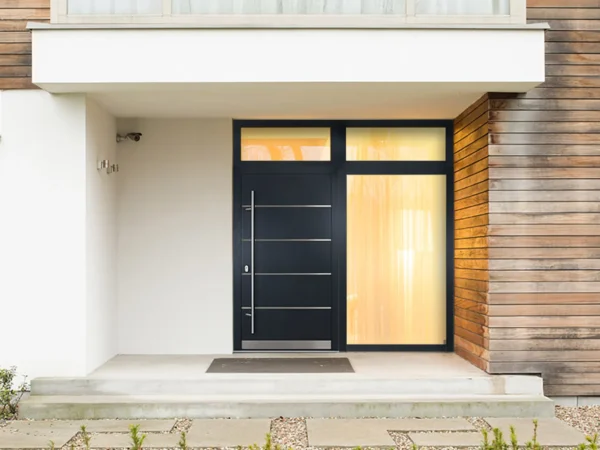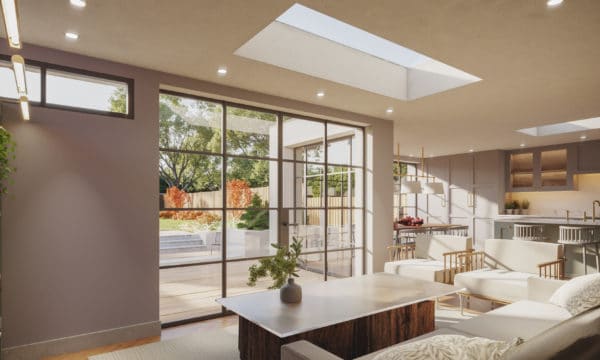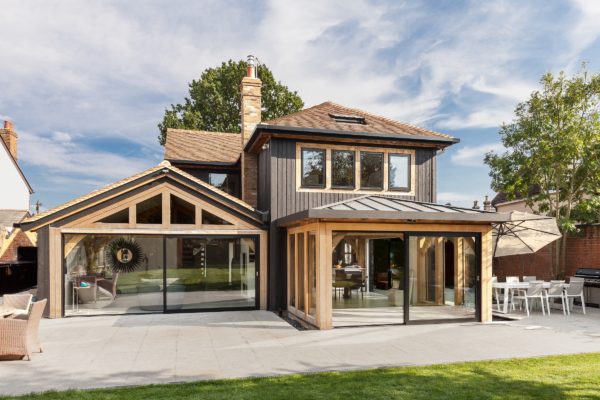Roof Lanterns: The Ultimate Buyer’s Guide
Roof lanterns will offer abundant daylight and a stunning structural feature to your property.
When designing your new home, extension or renovation, natural light will be one of the most important factors to consider. Overhead glazing will be an obvious solution for those looking to maximise the feeling of space and enjoy top-down lighting, and a roof lantern will ensure a bright, airy interior while adding bags of character.
From costs to frame materials, here I’m looking at the key details you need to know if you’re thinking about specifying a roof lantern for your next project.
Why Choose a Roof Lantern?
Roof lanterns are comprised of a collection of glass panes arranged in a pyramid-like structure and held in place with a supporting upstand. The variety of options means that you can specify a product that truly suits your project’s style and eco credentials – from naturally beautiful timber structures with multiple panes of glass to slick, black aluminium frames with automatic openings.
Lanterns can add a significant amount of value to a project – both in terms of aesthetics and their ability to enhance a room’s brightness, whether that’s kitchen, dining or living area. “They’ll turn a home into an open, welcoming environment, and will make a great addition to cooking or socialising spaces, particularly over an island or table,” says Annabel Fenwick, director at Just Roof Lanterns.
Learn More: Rooflights and Overhead Glazing: Design Ideas and Advice
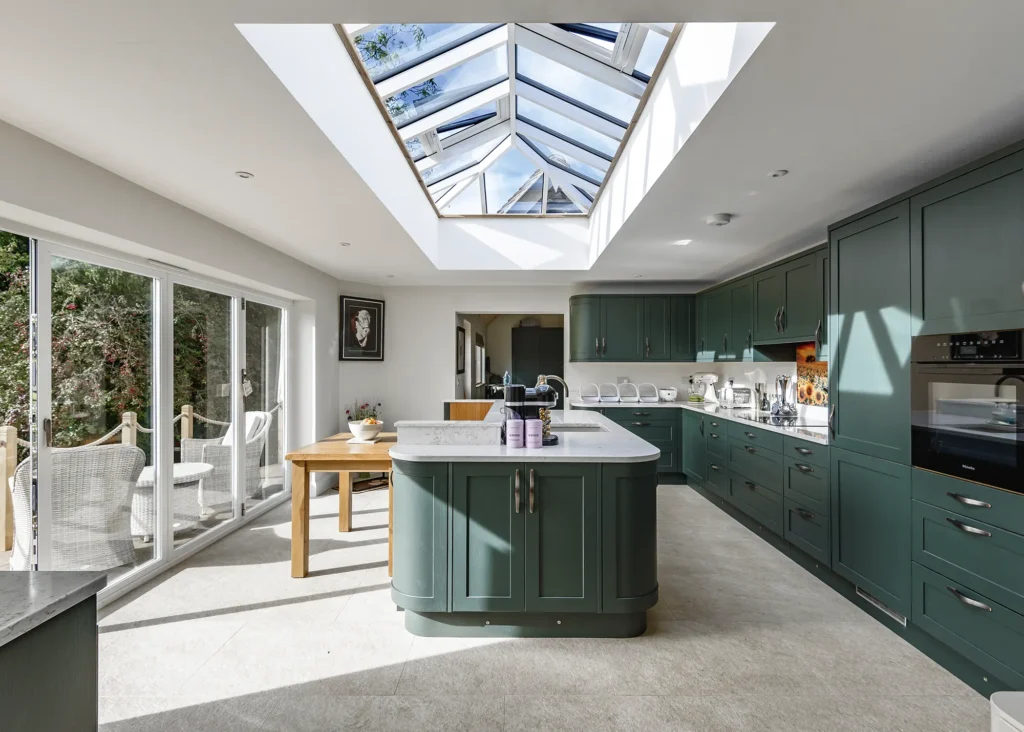
Pictured is Just Roof Lantern’s Hybrid 2m x 4m timber-aluminium roof lantern. It features a neutral tint to prevent overheating and two additional electric vents operated by a thermostatic controller and rain sensor
What’s more, as lanterns stand upright and protrude into the sky, they can offer your home’s interiors up to three times more daylight than a standard rooflight, meaning the sun will be able to reach all corners of the room and you’ll benefit from increased solar gain. “Placing a roof lantern slightly off-centre in a scheme will help increase daylight. We work with clients to identify how the sun moves across their chosen space to exploit the lantern’s placement,” says Chris Higgins, co-founder of EOS rooflights.
Do Roof Lanterns Require Planning Permission?
In most scenarios, roof lanterns can be installed under permitted development (PD), meaning you won’t require formal planning permission. However, height and look restrictions will vary depending on your surroundings – and roof lanterns can be quite a visible addition to your home, so it’s wise to check with your local authority. “If your property is listed, in a conservation area or if it significantly alters its appearance, you may require permission,” says Annabel.
In any case, you should be specifying roof lanterns that suit the home’s architectural style and don’t impact neighbouring properties with their size or design. Your designer will be able to help you specify the right shape, dimension and style of lantern to fit the property’s overall composition and location.
Some suppliers can even work with you to create a product that fits your exact requirements. “Roof Maker can manufacture a lantern to your specifications, including the size, glazing spec, tints, electric vent and frame colour,” says Scott Nicholas, owner of Roof Maker.
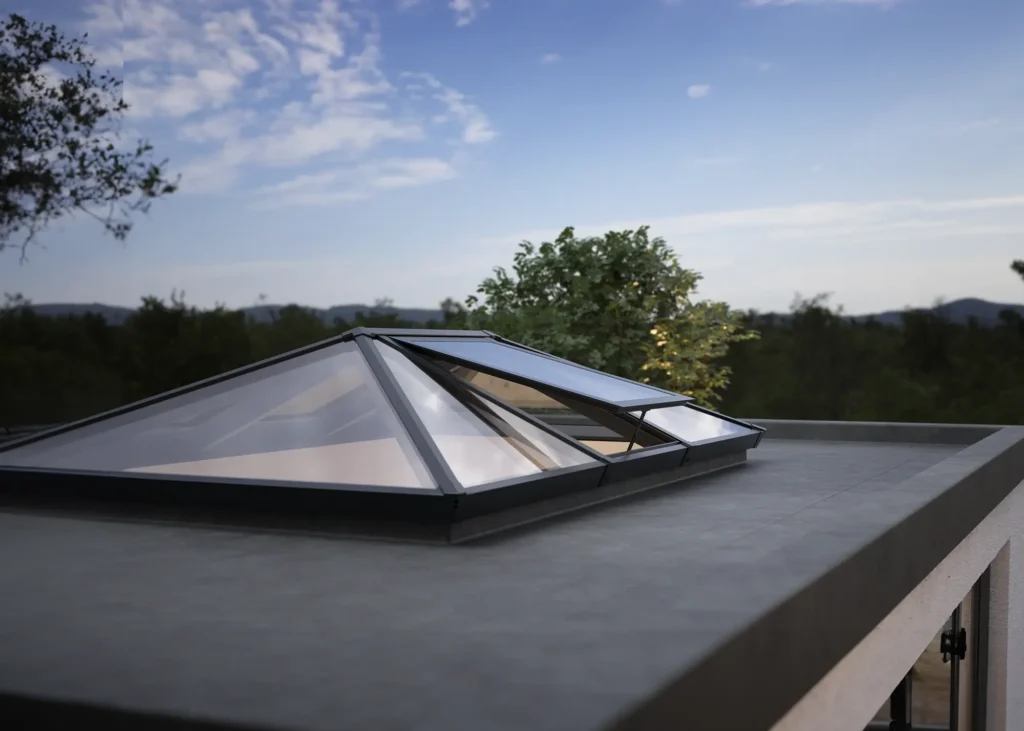
Shown here is EOS Rooflights‘ 3m x 5m dual colour roof lantern with an anthracite grey exterior and white interior with electric opening vent
Specifying Roof Lantern Frame & Glass Types
Timber and aluminium are the most common roof lantern frame materials, but consider specifying an aluminium-timber hybrid frame if you want to make the most out of both materials or achieve different looks inside and out. “Timber offers a classic and naturally insulating option with charming period features, while aluminium provides a sleek, modern and low-maintenance finish,” says Annabel.
Aluminium-framed lanterns tend to comprise fewer, but larger panes of glass and will offer understated, slim sightlines – so are perfect for those really looking to maximise light without creating too much of a talking point. “Aluminium-frames offer superior insulation compared to timber due to the thermal break and are generally a more durable frame material,” says Scott. They’ll usually be a more affordable option (scroll down for more), with plenty of sizes, colours and designs on offer to suit your scheme.
On the other hand, timber roof lanterns are popular for conservatory or orangery projects due to their classic, natural feel. They tend to be more expensive but can add a great deal of design interest to your project and will complement other architectural features such as exposed oak trusses or beams. “These lanterns are a sympathetic option for those renovating period properties as they’ll commonly feature heritage details such as ball finials, pendants, lambs tongue mouldings etc, that can’t be found in aluminium solutions,” says Annabel.
Advice from Build It’s Experts: Window Design: Choosing the Right Glazing for Your Project
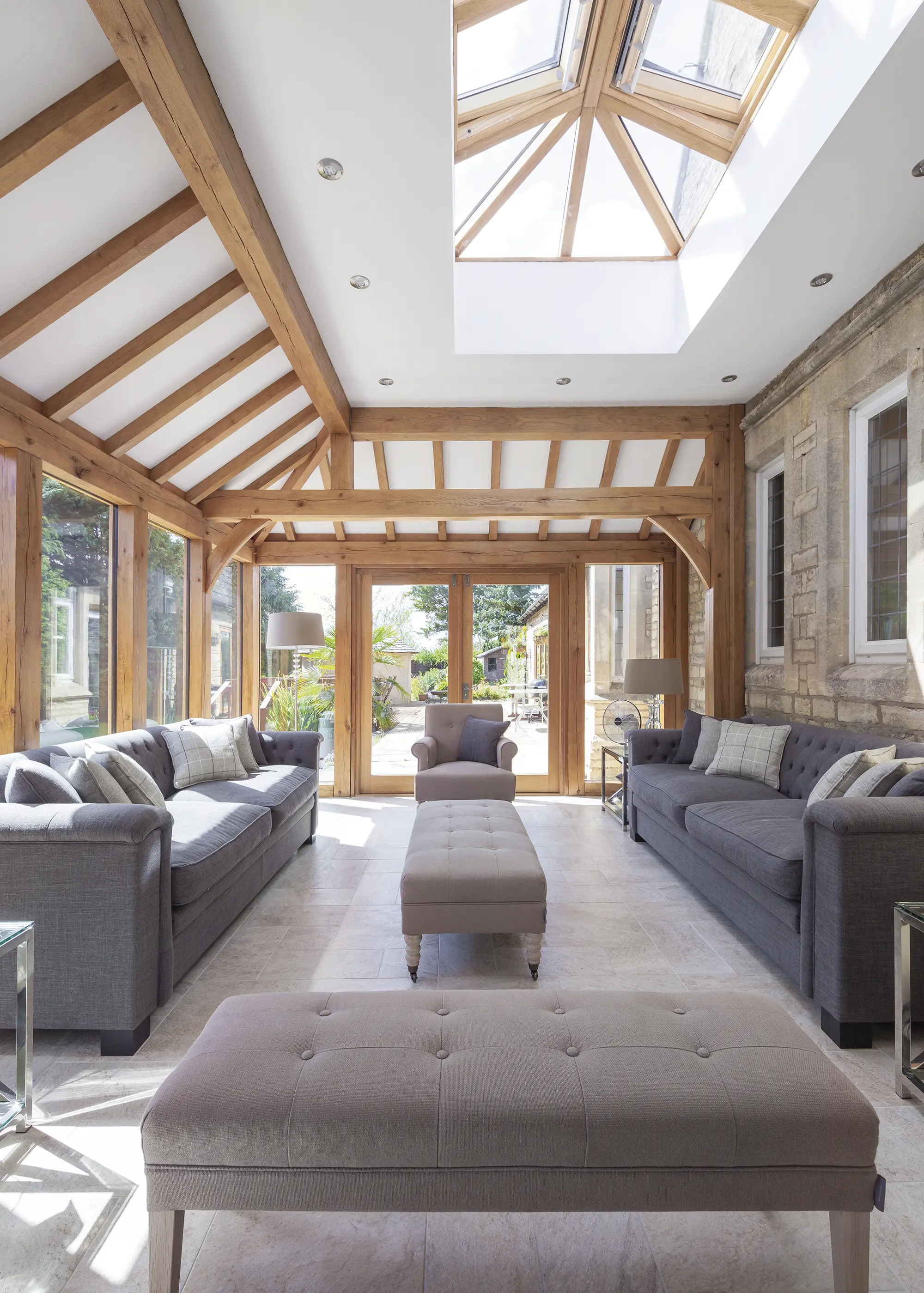
This orangery project by Welsh Oak Frame features a charming roof lantern with a timber frame inside and powder-coated aluminium exterior. This allows the structure to blend seamlessly with the exposed oak inside the addition while offering a durable, low-maintenance glazing solution
When it comes to specifying the glazing, you’ll want to select a high-quality option that can stand up to harsh weather conditions without overheating your interior. Double glazing is standard, but triple-glazing will ensure maximum solar gain and thermal efficiency inside – just be mindful of the positioning.
“In passive solar designs, roof lanterns can be strategically placed to capture and distribute sunlight to help heat the home naturally, reducing energy consumption,” says Annabel. Choose a solar-reflective coating for an additional level of protection.
CLOSER LOOK How much should you budget for a roof lantern?The cost of a roof lantern will be dictated by how large it is, the glazing specification and if there are any smart add-ons. When pricing up a product, there are a few key questions to ask yourself:
You can find good-quality, smaller lanterns starting at around £500. These will suit compact spaces that are after a generous boost of daylight. “Our Slimline roof lantern starts at £473 (+ VAT) for a 400mm x 500mm lantern with toughened, double-glazing and jet-black frame,” says Scott. Most lanterns will be within the region of £1,000-£3,000, for openings that are 1m x 2m up to 2m x 4m. Larger designs will be effective in orangery projects or over a dining area to elongate and heighten the room. “Most contemporary, four pane aluminium roof lanterns will be priced at around £1,000 + VAT, and a timber-framed, traditional style £2,500 + VAT,” says Annabel. Installation costs will increase with the size of the lantern, so be mindful of this when deciding how much you’re willing to invest. Factor any non-standard features into your budget, too. This includes automatic/manual openings, solar-reflective tints, self-cleaning glass or thermostatic sensors. These are generally sold as optional extras, but may be essential for your particular project. “For a lantern with opening panes, expect to pay around £1,000-£1,500 more,” says Chris. |
How Are Roof Lanterns Installed?
Fitting a roof lantern is a significant project that’ll involve structural work and appropriate weatherproofing to ensure a lasting, efficient setup. For most installations, the job should take a few hours from start to finish, but this will be subject to the size of the product and your roof’s location.
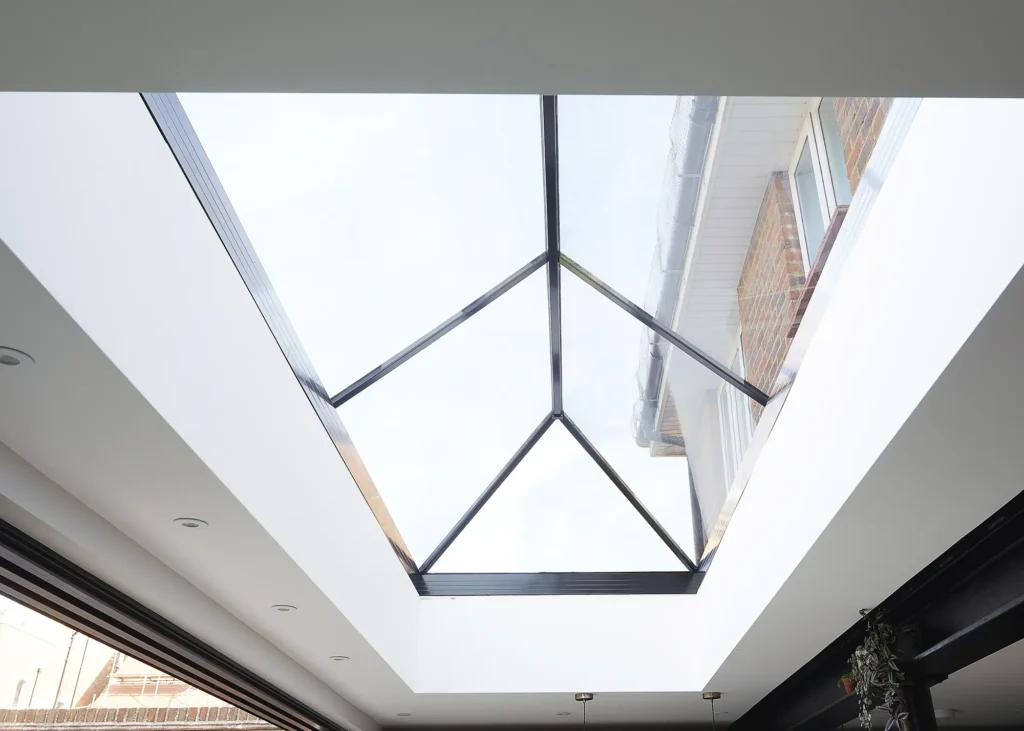
This kitchen extension has been completely opened up with Roof Maker’s Slimline roof lantern, which features an ultra-slim aluminium frame – reducing sightlines and maximising natural light at all points of the day
Most lanterns will come in a kit, with each part ready to be assembled and installed on site. “We’ll deliver your lantern in flat pack form and our comprehensive technical guides ensure it is hassle free to fit,” says Scott. It’s recommended that you seek a qualified installer such as a builder to take on the work, though. “Due to the complexity and potential for problems if not done correctly, I’d advise that you hire experienced professionals to install the lantern,” says Annabel. Most suppliers will offer installation for an additional fee, including warranties etc.
“Your lantern’s installation needs to comply with the newly-updated Part L Building Regs, which aim to improve a home’s energy efficiency and performance,” says Chris. For example, you should identify whether your roof’s structure can hold the lantern’s weight or if it requires any reinforcement. The lantern will also need to sit properly within the roof’s thermal envelope, to achieve good levels of insulation and airtightness. A qualified installer, supplier or structural engineer will provide advice on these elements.
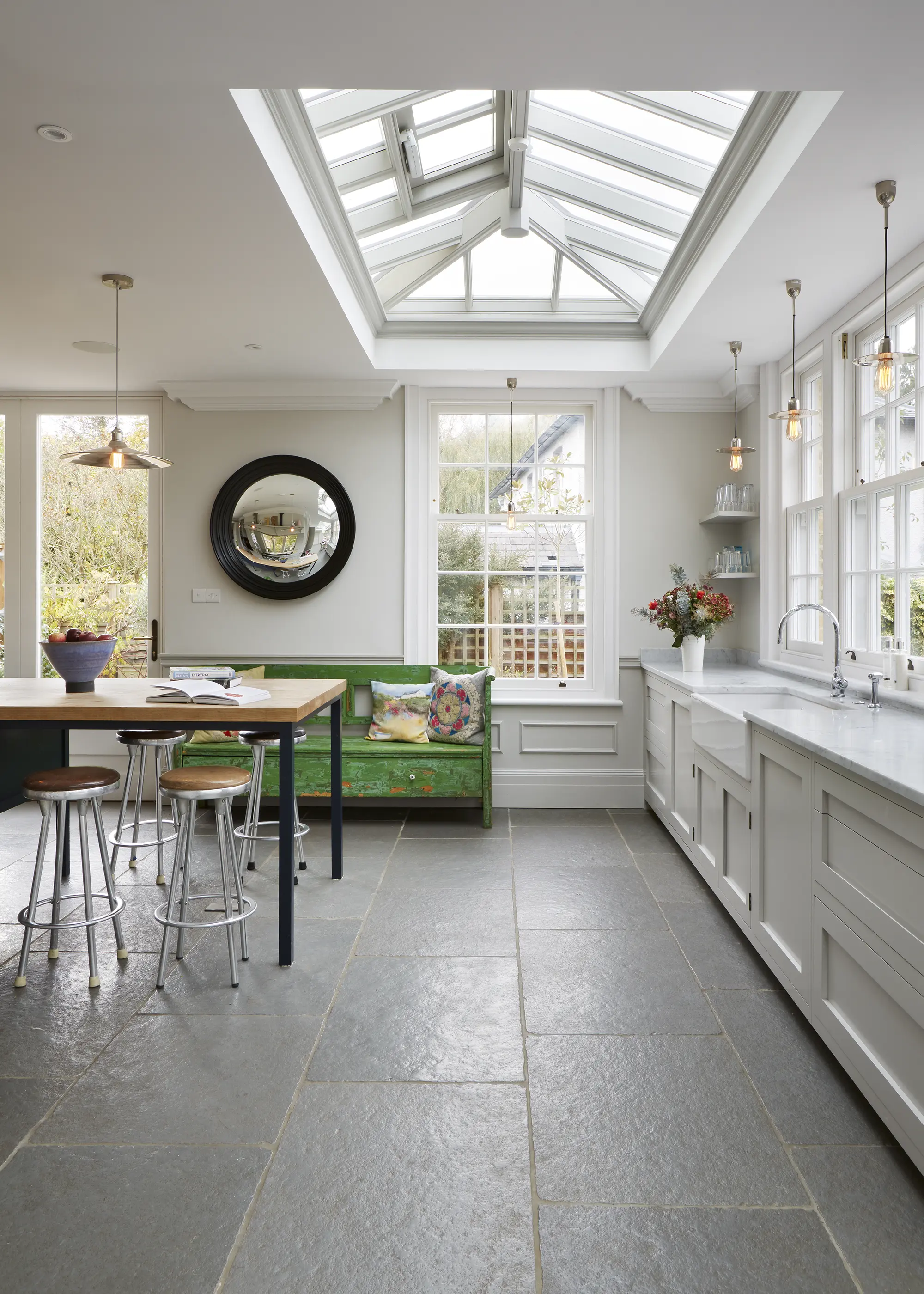
This traditional-style kitchen-diner features a timber-framed roof lantern with aluminium capping from Westbury Windows and Joinery
How Can You Look After a Roof Lantern?
As lanterns are installed on flat roofs, they should be safe and easy to access by ladder from the ground and clean. You should clean your lantern regularly as it’ll be susceptible to rain, twigs and a general buildup of dirt from above.
Self-cleaning lanterns are a popular option. These feature a coating that’s activated by UV rays, breaking down dirt and allowing it to be washed away by rain. Consider this if your lantern will be positioned on either a mansard roof or in a location that’s tricky to access.
More Ideas: 31 Amazing Window Design & Feature Glazing Ideas




































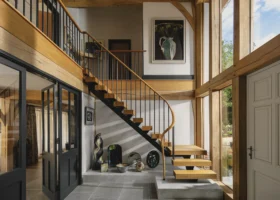
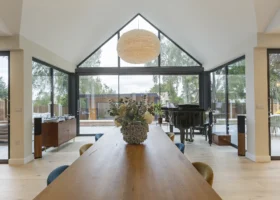

























































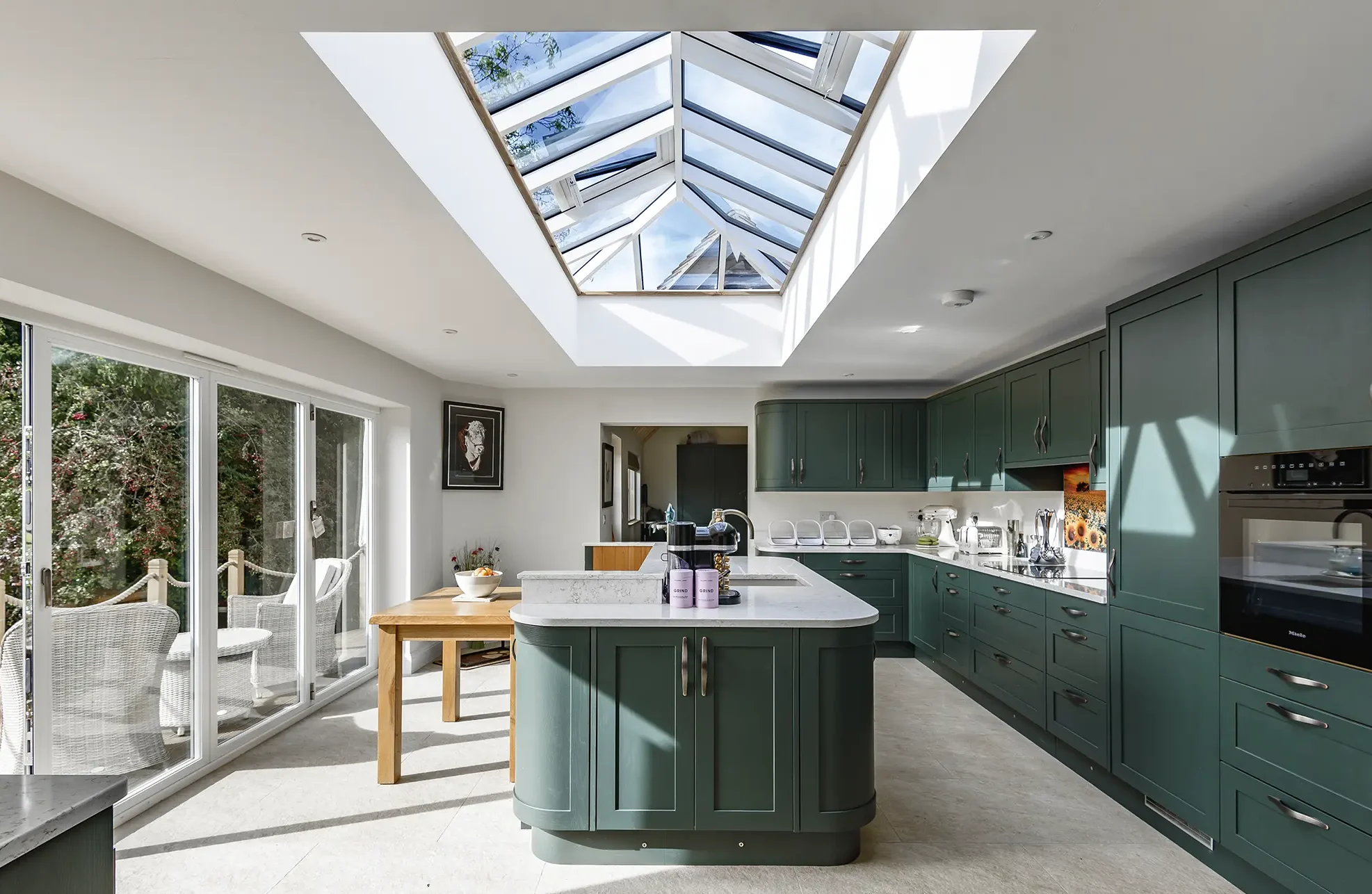
 Login/register to save Article for later
Login/register to save Article for later


